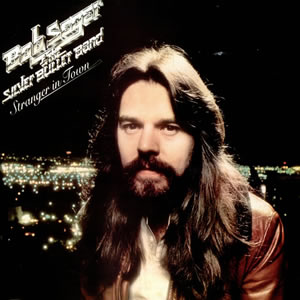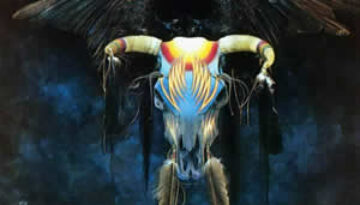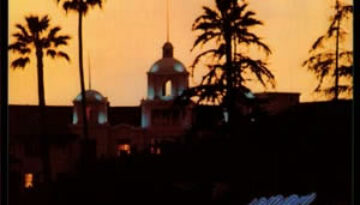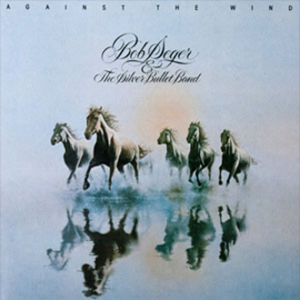The Eagles
Buy The Eagles The Eagles produced an impressive, diverse, and sonically superior debut album in 1972, launching a successful elevation throughout the rest of the decade. The album was produced in London by […]

Buy The Eagles The Eagles produced an impressive, diverse, and sonically superior debut album in 1972, launching a successful elevation throughout the rest of the decade. The album was produced in London by […]

Buy Stranger in Town Bob Seger released his tenth overall album, Stranger In Town, in 1978. It follows the major commercial breakthrough of Night Moves, and expands the practice of using two groups […]

Buy One of These Nights A very diverse record which proved to be The Eagles major breakthrough album, One of These Nights, presents the band at a junction between their country/rock past and pop/rock […]

Buy Hotel California Whether it was done intentionally or not, Hotel California came pretty close to being a true concept album by The Eagles. The songs each loosely share the themes of paradise […]

Buy Against the Wind In early 1980, Bob Seger completed his trifecta of commercial smash hit albums with the release of Against the Wind. It was his eleventh overall studio album, the fourth […]